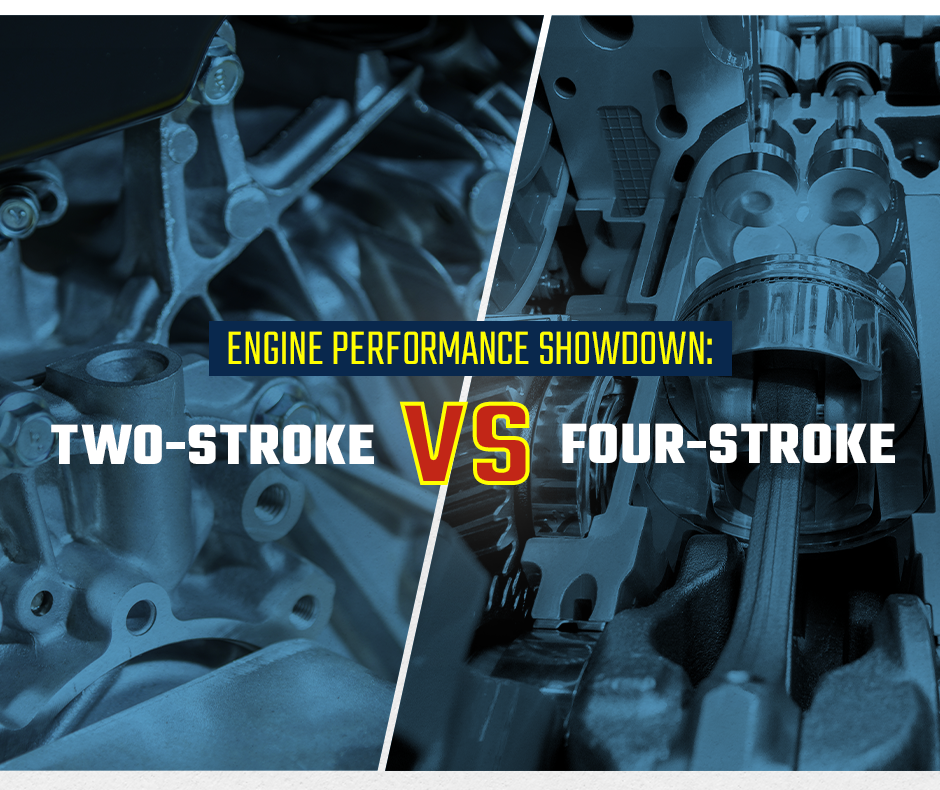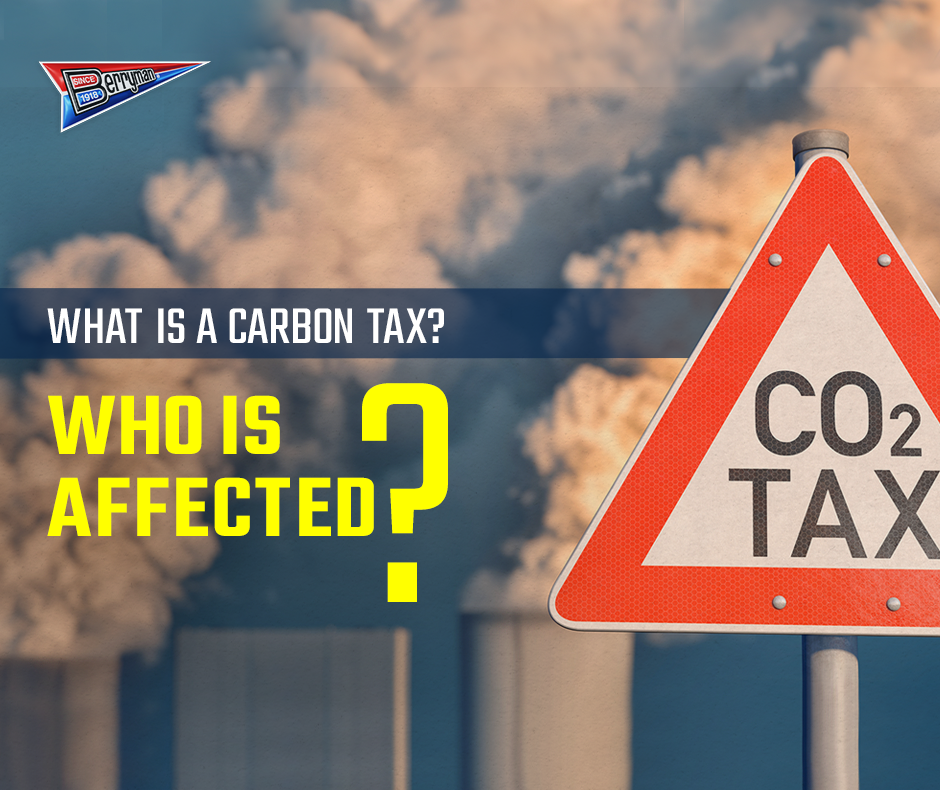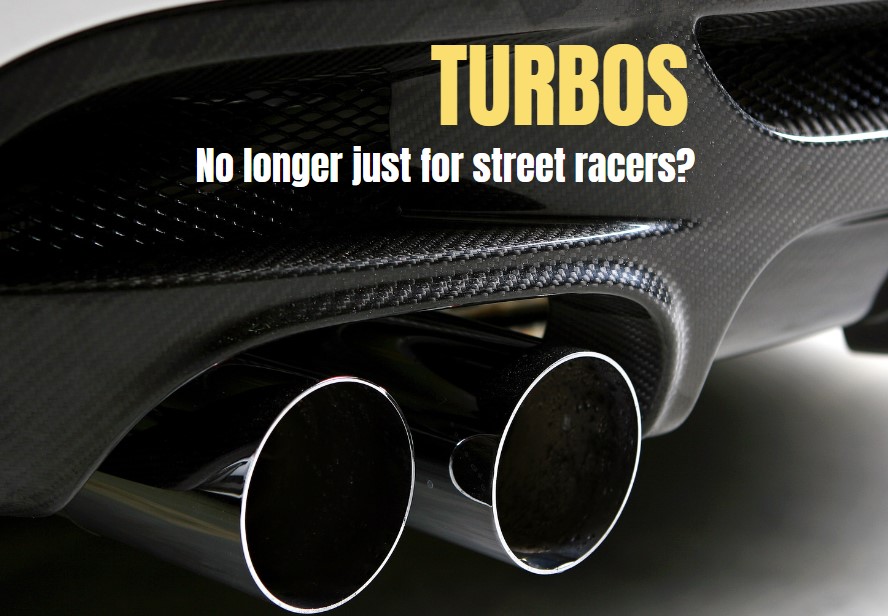If your engine is the heart of your vehicle, the combustion chamber is where the magic happens. This critical space inside each cylinder is where air and fuel meet under high pressure and ignite, creating the power that drives your car forward.
A clean, efficient combustion chamber affects engine responsiveness, fuel economy, and emissions. Car owners should pay attention to this detail to improve performance and keep their daily drivers running smoothly.
Routine maintenance and quality products like Berryman® B-12 Chemtool® Total Fuel System Clean-Up help ensure the combustion process works as intended, without harmful carbon buildup or loss of power. Understanding how this component works is the first step to keeping your engine in peak condition.
What Is a Combustion Chamber?
The combustion chamber is the enclosed space inside each engine cylinder where the air-fuel mixture is compressed and ignited. This compact compartment is where the internal combustion process occurs, igniting the air-fuel mixture to generate the mechanical energy that moves your vehicle.
Each time your engine completes a cycle, fuel is sprayed into the combustion chamber, mixed with air, compressed by the piston, and ignited by the spark plug. The resulting pressure forces the piston downward, turning the crankshaft and propelling the car.
Because of the chamber’s central role in producing power, even small amounts of carbon buildup can reduce performance and fuel efficiency. That’s why keeping it clean using top-notch cleaning solutions is critical to maintaining your engine’s health. So when you ask, “What is a combustion chamber?” — think of it as the engine’s power-making zone.
What Does the Combustion Chamber Do?
The combustion chamber converts chemical energy in fuel into mechanical motion. It compresses the air-fuel mixture and ignites it, releasing high-pressure gases that push the piston and power the vehicle.
In short, when you ask, “What does the combustion chamber do?” — it converts chemical energy into mechanical energy. That’s the foundation of every internal combustion engine.
An efficient combustion process depends on clean, unobstructed chambers. Over time, carbon buildup can interfere with airflow, disrupt ignition timing, and reduce power. Poor combustion also means wasted fuel and increased emissions.
To help prevent this, use trusted products like the Berryman Intake Valve & Combustion Cleaner as part of your regular maintenance routine. Cleaner chambers mean better performance and fewer trips to the pump.
Where Is the Combustion Chamber Located?
The combustion chamber is located at the very top of each engine cylinder. It’s the space where the piston compresses the air-fuel mixture before ignition. When the piston reaches its highest point, the top dead center, it forms the enclosed chamber necessary for combustion.
Directly Beneath the Valves and Spark Plug
So, where is the combustion chamber located? In most gasoline engines, it’s recessed into the underside of the cylinder head. This area also houses the spark plug and the intake and exhaust valves, allowing for precise air and fuel flow control.
Design Differences: Gasoline vs. Diesel Engines
The combustion chamber is part of the cylinder head in gasoline engines, and the spark plug ignites a pre-mixed air-fuel blend. The chamber’s shape helps with air turbulence and clean combustion.
However, in direct injection diesel engines, the combustion chamber is recessed into the top of the piston, not the head. Here’s why:
- Diesel engines ignite fuel through compression alone, so the air must be intensely compressed.
- Placing the chamber in the piston maximizes compression pressure.
- The injector sprays diesel fuel directly into this bowl-shaped cavity, allowing for precise combustion in the middle of the cylinder.
Understanding this distinction is crucial when diagnosing engine performance or cleaning carbon buildup, especially in diesel applications where buildup occurs inside the piston bowl.
Why Its Location Matters
No matter the engine type, the location of the combustion chamber car section is central to engine timing, temperature management, and power output. When carbon and residue build up in these areas, performance drops fast. That’s why keeping combustion chambers clean is essential to long-term engine health.
Impact on Engine Performance
The combustion chamber in a car is where raw fuel turns into usable power. When you press the gas pedal, fuel enters this chamber, mixes with air, and ignites.
Power Starts in the Chamber
That explosion forces the piston down, generating the motion that ultimately turns your wheels. A clean combustion chamber ensures this process runs smoothly. When clogged with carbon deposits, your car may suffer from engine knocking, misfires, poor acceleration, or reduced fuel economy.
Why Cleanliness Affects Performance
Carbon buildup disrupts how fuel burns. It can cause hot spots, reduce ignition timing, and lower compression. Left unchecked, carbon buildup can gradually damage engine components and degrade performance.
Regular maintenance is key to preventing these problems. The Berryman® 4-Step Professional Air & Fuel System Maintenance Kit is an excellent all-in-one solution for cleaning your combustion chamber, intake system, and fuel lines, helping restore lost performance and improve drivability.
Combustion Chamber Temperature and Its Importance
Inside a running engine, the combustion chamber temperature can soar to between 1,500°F and 3,000°F (815°C and 1,650°C) during the combustion cycle. That’s hot enough to melt some metals, but your engine is built to handle it. However, if this temperature climbs too high or becomes uneven, it can damage critical engine components.
Why Temperature Control Matters
If the combustion temperature gets too high, it can lead to engine knocking, pre-ignition, or internal damage like cracked pistons or warped heads. Conversely, low temperatures can result in incomplete combustion, higher emissions, and carbon buildup.
Keeping your combustion chamber car unit clean protects your engine from temperature extremes. Deposits act as insulation and create hot spots, disrupting the ideal burn cycle. Clean chambers help maintain consistent, controlled temperatures.
Expert Tip: Restore clean, consistent combustion by using Berryman® B-12 Chemtool® Total Fuel System Clean-Up regularly. For a deeper clean, refer to our step-by-step guide to clean your combustion chamber safely and effectively.
How To Keep Your Combustion Chamber Clean and Efficient
Keeping your combustion chamber clean improves fuel economy, reduces emissions, and restores lost power. The best approach is preventive care, not reactive fixes:
- Use top-tier fuel to reduce deposit formation.
- Clean the system regularly using top-quality solutions for in-tank treatment.
- Deep clean when needed to address stubborn buildup and get professional-grade results.
Trusted Performance From a Century-Old Brand
For over 100 years, Berryman Products has helped drivers and mechanics keep their engines running strong. From fuel additives to professional-grade cleaning kits, every product is designed with performance, reliability, and ease of use.
Stock Berryman at your shop or store and become a distributor today.










